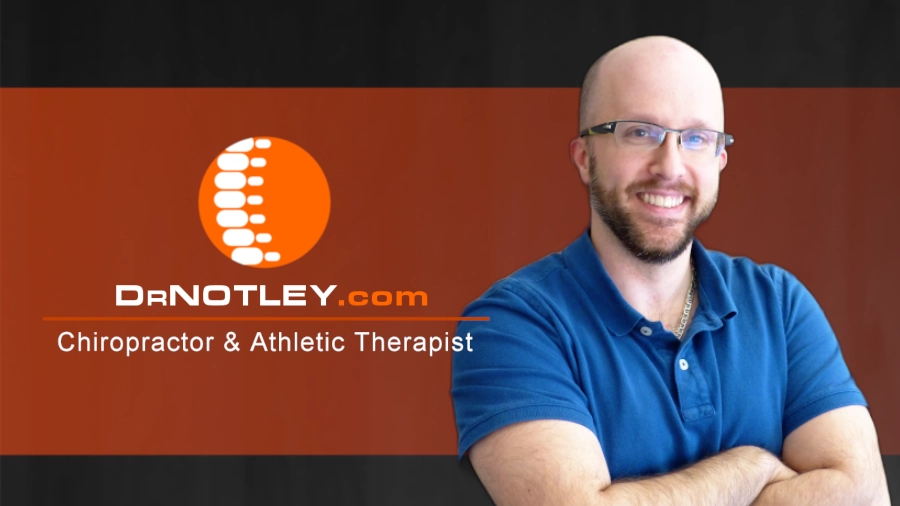You’re eager to get moving and achieve your fitness goals, but the last thing you want is an injury that puts your progress on hold. What exactly does it mean to be “in shape,” and how can you achieve it without risking harm?
Defining Being in Shape
Being in shape isn’t a one-size-fits-all concept. It’s not about conforming to a predetermined standard, whether you’re a professional hockey player or a marathon enthusiast. We don’t need to emulate elite athletes to consider ourselves in shape. The problem with predefined standards is that they often push us to achieve our goals too quickly, which can lead to physical breakdowns and injuries.
Preventing Injuries: Tips and Advice
Let’s explore some practical advice to help you get in shape without the fear of getting hurt.
1. Play it Safe
Exercise in a controlled environment. Ensure the exercise surface is free of debris, level, and provides proper traction for your feet. Whether you’re cycling or jogging, choose safe routes, avoiding high-traffic areas or challenging off-road paths. Many injuries occur when we lose focus on our surroundings, so always stay aware.
2. Be Well-Rounded
People tend to stick to activities they enjoy and neglect those they find difficult or tedious. This can lead to imbalances and repetitive strain. For instance, a bodybuilder might have impressive strength but lack flexibility. To achieve overall fitness, create a well-rounded program that addresses various aspects, such as muscular strength, endurance, flexibility, aerobic and anaerobic fitness. Start with a few categories and gradually incorporate more as you progress, maintaining variety to prevent monotony and strain.
3. Start Slow and Progress Gradually
When beginning an exercise program, there’s often a temptation to push too hard too soon. Avoid jumping into intense workouts immediately. Begin with foundational exercises like walking, basic stretching, or bodyweight exercises. Gradually increase volume, intensity, or complexity over time. Experts generally recommend increasing exercise volume or intensity by 10 percent every one to two weeks. Remember, getting in shape is an ongoing process without a fixed endpoint.
4. Emphasize Technique
Never compromise on technique. It’s better to perform five high-quality repetitions than ten with poor form. Avoid exercises that require speed until you’ve perfected your technique. Seek guidance from professionals if needed; investing in proper form now is far better than dealing with injury later.
5. Address Imbalances
Injuries can stem from joint immobility, muscle inflexibility, weak muscle control, or poor strength. Have a professional assess you to identify and correct these imbalances. Don’t focus solely on “show-off” muscles; maintain balance between muscle groups and vary your exercise routine to prevent imbalances and repetitive strain.
6. Stretch and Strengthen
Pay attention to muscles that are typically tight, such as suboccipital muscles, chest muscles, piriformis, hip flexors, and calf muscles. Avoid overstretching already flexible muscles, as this can lead to hypermobility and further injury. Strengthen weaker muscles, including deep neck flexors, rhomboids, trapezius, serratus anterior, core muscles, and tibialis anterior.
7. Improve Balance
Enhance proprioception and balance, especially if you’re concerned about falls or stability. Incorporate exercises with dumbbells or one-legged activities. Start with simple balance exercises, like standing on one foot while brushing your teeth, progressing to more challenging activities as your balance improves.
8. Master the Hip Hinge
Many back, knee, ankle, and foot issues result from poor hip motor control. Correct poor squatting and lifting techniques by focusing on hip movement. Avoid exercises that overly stress the back due to inadequate hip engagement.
9. Vary Volume and Intensity
Follow a periodization approach to your training, alternating between high and low-intensity days. This balanced approach improves performance while reducing the risk of overtraining and injury.
10. Recognize Overtraining
Watch for signs of overtraining, such as difficulty sleeping, an elevated heart rate, frequent illness, workout regression, fatigue, decreased appetite, weight loss, and increased injury rates. Monitor your resting heart rate in the morning; a significant increase could signal overtraining or illness.
11. Listen to Your Body
If you experience pain during or after exercise, don’t push through it. Reduce exercise volume and intensity by at least 50%. If pain persists, seek professional help and choose exercises that don’t exacerbate your discomfort during the healing process.
12. Protect Your Joints
Running or jogging can exert significant force on joints (up to 2-3 times your body weight). To prevent joint pain or injury, opt for lower-impact exercises like brisk walking, swimming, stationary cycling, or elliptical training. As your fitness and strength improve, you can gradually increase joint stress, taking care to avoid overexertion.
13. Eat for Fuel and Recovery
Proper nutrition is essential. Fuel your body adequately to support recovery and repair. Restricting fat intake below 30% may increase the risk of injury. If you’re aiming to build muscle for fat loss, ensure you get enough protein, as amino acids are crucial for muscle development.
14. Take Scheduled Breaks
Even elite athletes recognize the importance of rest. Consistent training without breaks can hinder progress and increase the risk of injury. Every six to eight weeks, incorporate lighter activities like leisurely walks, light weightlifting, or gentle yoga to facilitate recovery.
In Conclusion
Remember, while not all injuries are preventable, you can minimize the risk by taking a gradual and balanced approach to fitness. Slow and steady wins the race, and the ultimate victory is achieving good health and fitness.
Feel free to reach out with any questions or concerns.
Dr. Notley
The Only Chiropractor and Athletic Therapist in Winnipeg
Originally posted on May 17, 2022 @ 4:40 pm

